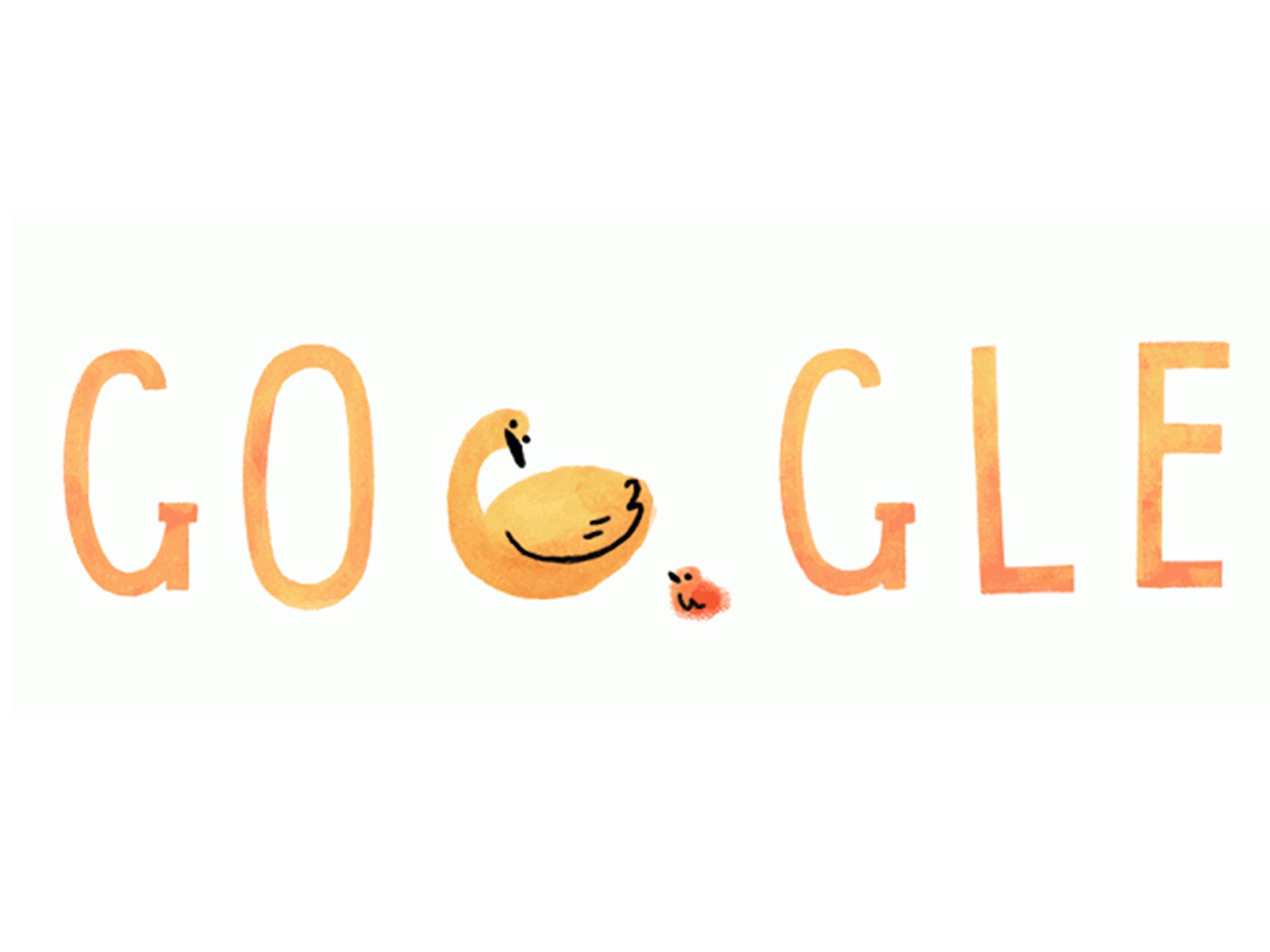Mother's Day 2015: Google Doodle celebrates occasion - but it should really be referred to as Mothering Sunday
A look at the origins of the English and American holidays that are celebrated on different days

Your support helps us to tell the story
From reproductive rights to climate change to Big Tech, The Independent is on the ground when the story is developing. Whether it's investigating the financials of Elon Musk's pro-Trump PAC or producing our latest documentary, 'The A Word', which shines a light on the American women fighting for reproductive rights, we know how important it is to parse out the facts from the messaging.
At such a critical moment in US history, we need reporters on the ground. Your donation allows us to keep sending journalists to speak to both sides of the story.
The Independent is trusted by Americans across the entire political spectrum. And unlike many other quality news outlets, we choose not to lock Americans out of our reporting and analysis with paywalls. We believe quality journalism should be available to everyone, paid for by those who can afford it.
Your support makes all the difference.Mothering Sunday falls on 15 March this year and is celebrated on the fourth Sunday of each Lent.
While it is traditionally a celebration of mothers, it is a separate occasion to the American holiday of Mother’s Day – although the origins of both are surprisingly intertwined.
Now Google have marked the occasion with an animated Doodle on its homepage showing mother's - both human and animal - caring for their offspring. A message reads: Happy Mother's Day from every cub, chick, pup, joey and child.
The origins of Mothering Sunday stretch back to the 16th century when people would return to their ‘mother church’ for a service held on Laetare Sunday, drawn from the Latin ‘laetari’ meaning ‘to rejoice’. On the way it is thought that families and children would collect roadside flowers to place in church.

The pre-Reformation celebrants were commonly referred to have gone ‘a-mothering,’ and various customs – such as Simnell cakes – survived the reformation.
In later years, the fourth Sunday of Lent evolved as a day off for servants or those ‘in service’ to travel home and see their families.
Despite this, the traditional gradually waned across Ireland and Europe until the early 20 century and the arrival of Constance Smith, commonly acknowledged as the founder of the modern tradition of Mothering Sunday.
Inspired by the efforts of US campaigner Anna Jarvis, who introduced Mother’s Day to her country on the second Sunday of May in memory of her own mother’s death on 9 May, Smith combined popular elements from past traditions – such as the proliferation of Simnell cakes – and surviving local traditions to re-invigorated the occasion.
Writing under the pen-name C. Penswick Smith, she published the booklet The Revival of Mothering Sunday in 1920.
Fuelled by collective mourning following the loss of young sons in the First World War, and manufacturers’ swift assessment of its lucrative possibilities, Mothering Sunday – and Mother’s Day rapidly gained popularity.
In a sad twist of fate, neither of the two founders the modern tradition became mothers themselves.
Jarvis, who died in 1948, even grew to resent the growing commercialisation of the day.
“A printed card means nothing,” she said, “except that you are too lazy to write to the woman who has done more for you than anyone in the world.”
Join our commenting forum
Join thought-provoking conversations, follow other Independent readers and see their replies
Comments